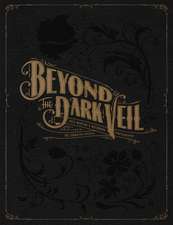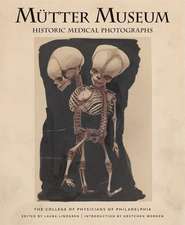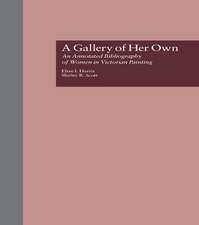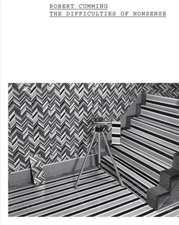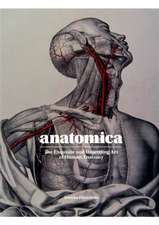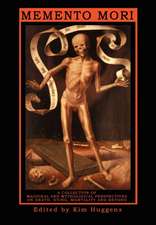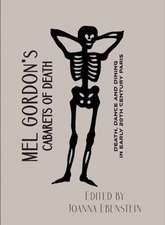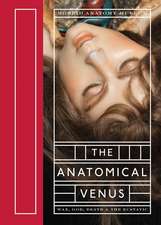The Anatomical Venus
Autor Joanna Ebenstein, Morbid Anatomy Museumen Limba Engleză Hardback – 15 mai 2016
Preț: 132.41 lei
Preț vechi: 173.21 lei
-24% Nou
Puncte Express: 199
Preț estimativ în valută:
25.34€ • 27.09$ • 21.13£
25.34€ • 27.09$ • 21.13£
Carte disponibilă
Livrare economică 27 martie-10 aprilie
Livrare express 12-18 martie pentru 77.97 lei
Preluare comenzi: 021 569.72.76
Specificații
ISBN-13: 9780500252185
ISBN-10: 0500252181
Pagini: 224
Ilustrații: 42 Illustrations, black and white; 324 Illustrations, color
Dimensiuni: 180 x 246 x 26 mm
Greutate: 0.86 kg
Editura: Thames & Hudson
ISBN-10: 0500252181
Pagini: 224
Ilustrații: 42 Illustrations, black and white; 324 Illustrations, color
Dimensiuni: 180 x 246 x 26 mm
Greutate: 0.86 kg
Editura: Thames & Hudson
Notă biografică
The Morbid Anatomy Museum was founded by Joanna Ebenstein and is located in Brooklyn, New York.
Cuprins
Foreword . Introduction . 1. Wax . 2. Theology/History/Italy . 3. Theatre/Fairground/ Spectacle . 4. Eroticism/Romanticism/Gender . 5. Aesthetics and Death . 6. The Uncanny . 7. Surrealism . Afterword
Descriere
Beneath the original Venetian glass and rosewood case at La Specola in Florence lies Clemente Susini’s Anatomical Venus (c. 1790), a perfect object whose luxuriously bizarre existence challenges belief. It – or, better, she – was conceived of as a means to teach human anatomy without need for constant dissection, which was messy, ethically fraught and subject to quick decay. This life-sized wax woman is adorned with glass eyes and human hair and can be dismembered into dozens of parts revealing, at the final remove, a beatific foetus curled in her womb. Sister models soon appeared throughout Europe, where they not only instructed the specialist students, but also delighted the general public. Deftly crafted dissectable female wax models and slashed beauties of the world’s anatomy museums and fairgrounds of the 18th and 19th centuries take centre stage in this disquieting volume. Since their creation in late 18th-century Florence, these wax women have seduced, intrigued and amazed. Today, they also confound, troubling the edges of our neat categorical divides: life and death, science and art, body and soul, effigy and pedagogy, spectacle and education, kitsch and art. Incisive commentary and captivating imagery reveal the evolution of these enigmatic sculptures from wax effigy to fetish figure and the embodiment of the uncanny.







